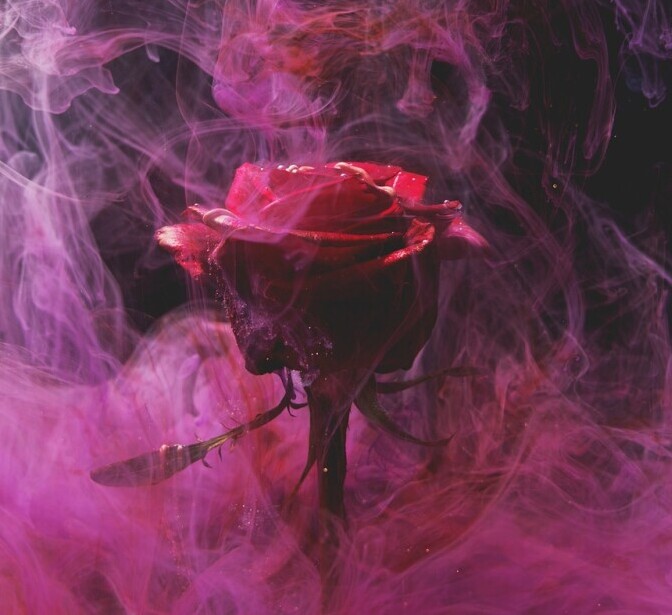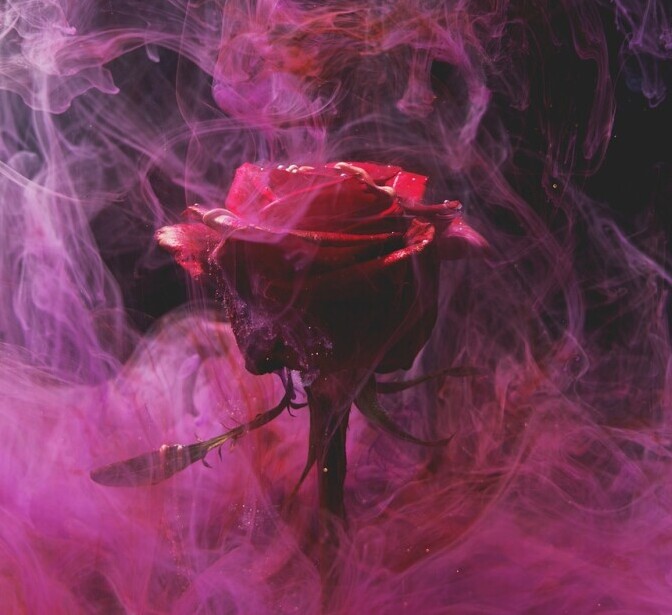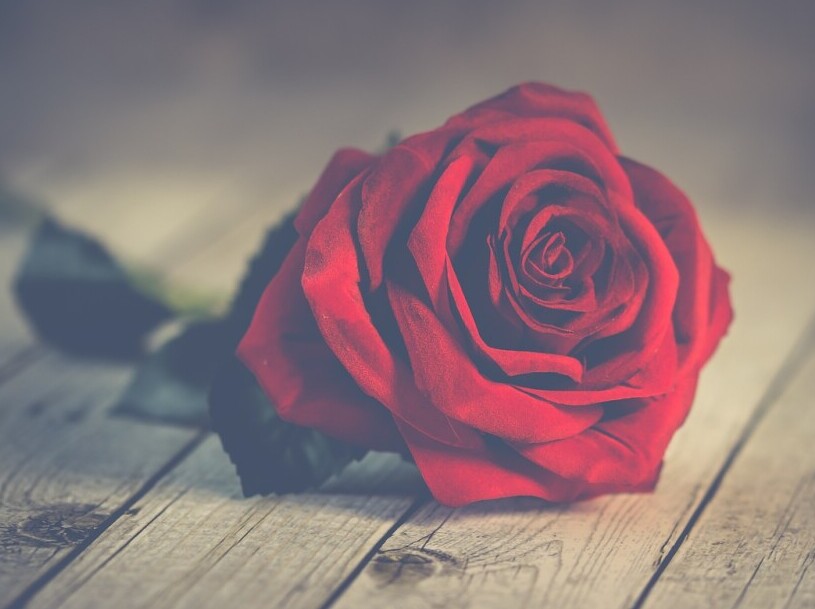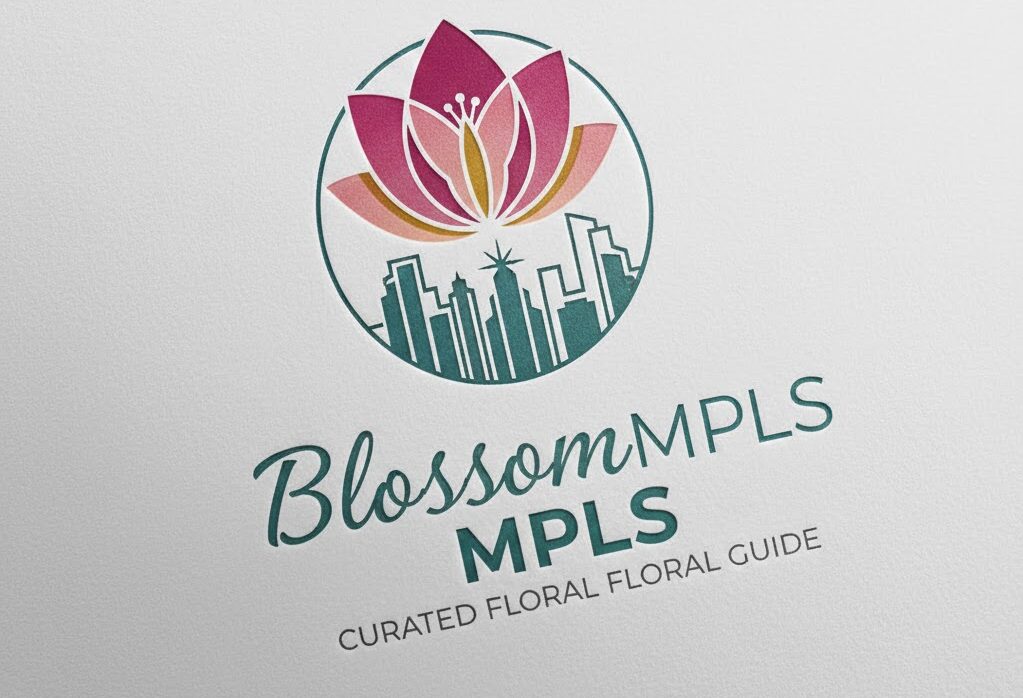
What Is The Big Deal With Roses?
Okay, picture this: a world where your only romantic options are a bouquet of dandelions or a single, slightly wilted daffodil. Tragic. But then, one day, a rose bloomed. And it wasn’t just any rose, it was the kind that would make even André 3000 swoon. This rose, it smelled like… well, you know. This was the beginning of a long, thorny, and extremely fragrant history.
History of the Rose

The rose is one of the oldest flowers known to humanity and has been cultivated since antiquity. Its origins can be traced back to at least 35 million years ago, according to fossil evidence.
- Ancient Civilizations: Roses have been revered for their beauty and fragrance since ancient times. In Greek mythology, roses were associated with Aphrodite, the goddess of love, and the Roman interpretation linked them to Venus. The ancient Egyptians used roses in burials, and Cleopatra was famously known to have used rose petals in her chambers to seduce Mark Antony.
- Middle Ages: During the medieval period, the rose took on significant religious meanings. It became linked with the Virgin Mary, symbolizing purity and motherhood, often depicted in Christian art and architecture.
- The Renaissance and Beyond: In the Renaissance, roses were part of romantic symbolism and were often featured in literature and paintings. During the Victorian era, roses became a crucial element in the language of flowers, where specific colors and arrangements conveyed secret messages between lovers.
Symbolism in Western Cultures

In Western cultures, roses have primarily symbolized love, passion, and beauty. Each color carries a different meaning:
- Red Roses: Symbolize love and passion. These are commonly associated with romantic expressions and are a staple in Valentine’s Day and romantic celebrations.
- White Roses: Represent purity, innocence, and new beginnings, often used in weddings and christenings.
- Yellow Roses: Signify friendship and joy, though historically were associated with jealousy and infidelity.
- Pink Roses: Convey admiration, gratitude, and sweetness.
In addition to these meanings, roses have been used as political symbols, such as the Wars of the Roses in England, where the white rose represented the House of York and the red rose the House of Lancaster.
What is War of the Roses?

The “Wars of the Roses” was a series of dynastic conflicts in England that took place in the 15th century, between 1455 and 1487. These wars were fought between two rival branches of the House of Plantagenet: the House of Lancaster and the House of York. The name “Wars of the Roses” comes from the symbols of the two houses: the red rose for Lancaster and the white rose for York.
The Wars of the Roses
- Causes and Background: The wars were fueled by disputes over the rightful claim to the English throne, weakened economic conditions, and the power struggles among English nobility. The mental health issues and weak leadership of King Henry VI also contributed significantly.
- Major Battles and Shifts: The wars featured several key battles, including the Battles of St Albans, Towton, Barnet, and Tewkesbury. Leadership changed hands several times before Henry Tudor, a Lancaster, defeated King Richard III at the Battle of Bosworth in 1485, marking the start of the Tudor dynasty.
- End and Legacy: The wars concluded with Henry VII’s ascent to the throne, effectively uniting the feuding houses by marrying Elizabeth of York. This period of conflict significantly altered England’s monarchy and noble power structures, setting the stage for the Tudor era.
KDWB’s “War of the Roses”

Minnesota’s 101.3 KDWB radio station’s “War of the Roses” is a modern, playful take that draws its name from these historical conflicts, but the stakes are much more about personal relationships than dynastic power struggles. The radio segment taps into the dramatic and often humorous side of romantic relationships.
- Format: In KDWB’s segment, a person who suspects their partner of infidelity contacts the radio station. The radio hosts then call the suspected partner under the guise of offering a free flower delivery service. The key moment comes when the partner is asked to whom the roses should be sent.
Outcomes:
- If the partner chooses to send the roses to someone other than their significant other, this tends to confirm the suspicions of infidelity, leading to dramatic revelations and confrontations live on air.
- If the partner sends the flowers to their significant other, the accuser must then confront their misplaced suspicions, which can also lead to insightful discussions about trust and communication.
Relation to Historical Context
The radio segment cleverly borrows from the idea of a battle, but instead of historical battles over the throne, it’s a battle over trust and fidelity in relationships. Just as the historical Wars of the Roses dealt with themes of loyalty, betrayal, and shifting allegiances, KDWB’s segment explores similar themes on a personal level.
This approach makes the ancient conflict accessible and relevant to a contemporary audience by dressing up relational drama in regal metaphors. While the stakes are personal rather than political, “War of the Roses” continues to captivate listeners with its blend of intrigue, surprise, and emotional tension.
Symbolism in Eastern Cultures
In Eastern cultures, roses take on varied meanings but generally also embody beauty and love. However, the cultural symbolism can differ quite significantly:
- China: In Chinese culture, roses symbolize eternal spring and longevity. They are often associated with nurturing and are used in herbal medicine, signifying balance and harmony.
- Japan: In Japan, roses aren’t as traditionally significant as other flowers like the cherry blossom, but they are still recognized for their beauty. The meanings can vary from love and gratitude to life and vitality, depending on the context and presentation.
- India: The rose, while appreciated for its beauty and perfume, is often overshadowed by the lotus, which has deeper spiritual and cultural roots in South Asia. However, roses are still used in various ceremonies and as offerings or decor during festivals.
Cultural Confluence and Modern Times
Today, the rose remains a universal symbol of love and beauty. Its symbolism has often transcended traditional boundaries, influenced by global exchanges and cultural intermingling. The commercial trade in roses has become a significant industry, with the flower being a staple in global celebrations like weddings, anniversaries, and holidays.
In both Western and Eastern traditions, the rose continues to inspire art, poetry, and music, maintaining its status as one of the world’s most beloved flowers.
Why Do Folks Fancy Roses Sooo Much?!
Roses are not only admired for their breathtaking beauty and fragrance but are also remarkable specimens of biological complexity that highlight their unique evolutionary adaptations. The intricate structure of a rose consists of multiple layers, including its delicate petals, vibrant colors, and distinct scents, all of which serve specific ecological functions. Petals are adorned with pigments that attract pollinators, such as bees and butterflies, playing a crucial role in the plant’s reproduction. The unique arrangement of genes within roses results in a variety of shapes, sizes, and colors, demonstrating an exceptional capacity for genetic diversity. However, this beauty is paradoxically accompanied by a more sinister aspect: thorns. These sharp, protective structures are essential for the plant’s survival, deterring herbivores and preventing damage. This duality echoes the phrase “every rose has its thorn,” emphasizing that the allure and delicacy of roses can mask the harsh realities of nature, where such beauty is often accompanied by risks and defenses. Furthermore, the thorny structures are not just simple adaptations; they are manifestations of the plant’s resilience to adversity, acting as a reminder of the complex interactions within ecosystems where beauty and danger coexist. In this way, roses epitomize the intricate dance between attraction and protection, revealing the profound complexities that make them biologically special.

